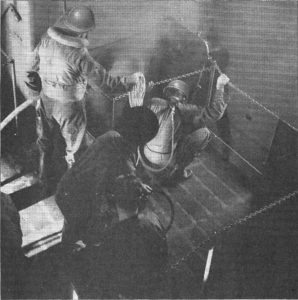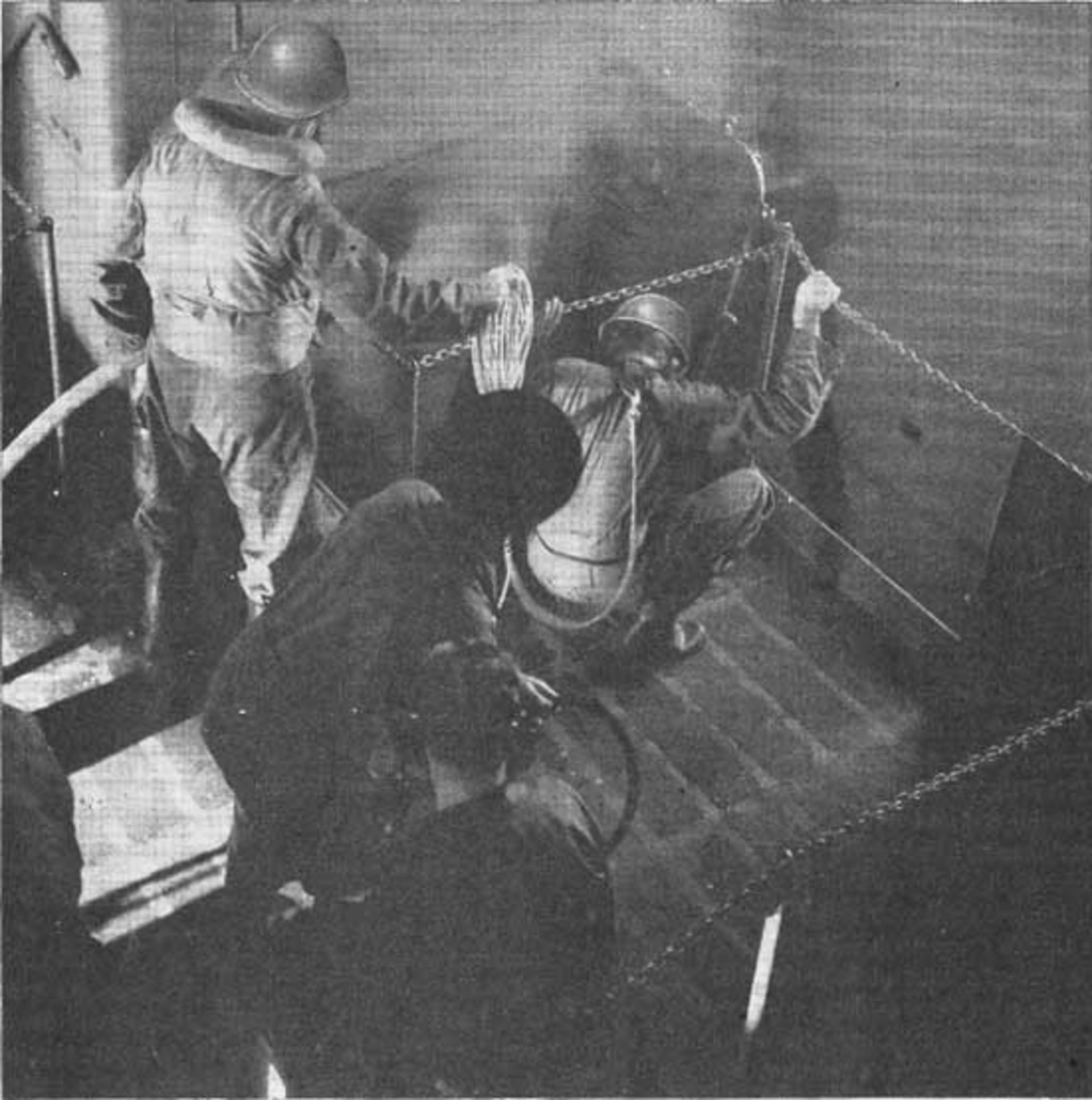Based on the latest consolidated version of the International Maritime Organization’s (IMO) SOLAS Convention, we can reinterpret the given details to present a more structured and logically flowing guide for marine engineers and maritime professionals. The guide highlights the different operational conditions of a ship, the roles of power sources during these conditions, and the SOLAS regulations that govern them.
I. Normal Operational and Habitable Conditions (SOLAS Chapter II-1 Reg. 3.5):
Under normal operational and habitable conditions, the primary power source of the ship consists of the auxiliary diesel generators and the main switchboard. These systems ensure the steady functioning of all the essential machinery, services, and aids that contribute to the ship’s propulsion, navigation, communication, and habitability. The ship, in its entirety, is powered from the main switchboard.
II. Emergency Conditions: Initial Stage (SOLAS Chapter II-1 Reg. 3.6):
An emergency condition arises when there is a loss of energy on the main switchboard, resulting in a blackout. In such instances, the independent emergency source of power—comprising the emergency diesel generator and the emergency switchboard—becomes critical. Additionally, temporary sources of power, including the battery, UPS with battery and inverter, hydraulic accumulator, and air bottle, are available for a minimum duration of 30 seconds.
During this initial emergency period, the standby auxiliary diesel generator is initiated and connected to the main switchboard (MSB) to resolve the blackout. Simultaneously, the emergency diesel generator starts and connects to the emergency switchboard (ESB), aiming to resolve the blackout within 45 seconds.
III. Emergency Conditions: Prolonged Blackout (e.g., Dead Ship Condition After a Fire):
A prolonged blackout situation may occur due to severe incidents, such as a fire, resulting in a so-called ‘dead ship’ condition. In such situations, the emergency source of power becomes the only available source. To restore power to the main switchboard, the auxiliary systems necessary to start the auxiliary diesel generator are powered from the emergency switchboard. These auxiliary systems include the air compressor, feeder and booster fuel oil pump, lubrication oil pump, and the UPS.

IV. Emergency Conditions: Dead Ship Condition (SOLAS Chapter II-1 Reg. 26.4):
A ‘Dead Ship’ condition is the state where the ship is devoid of any source of energy, affecting all main propulsion and auxiliary systems. Under SOLAS regulations, it is required to restore the energy within 30 minutes during this emergency condition. This restoration process utilizes the emergency switchboard to power the aforementioned auxiliary systems, which are essential for starting the auxiliary diesel generator and restoring power to the main switchboard.
It’s crucial for maritime professionals to understand these conditions and their resolutions, as mandated by SOLAS regulations, to ensure the safe and efficient operation of the ship, particularly during emergency scenarios. This knowledge contributes significantly to safeguarding lives, the ship’s property, and the marine environment.

